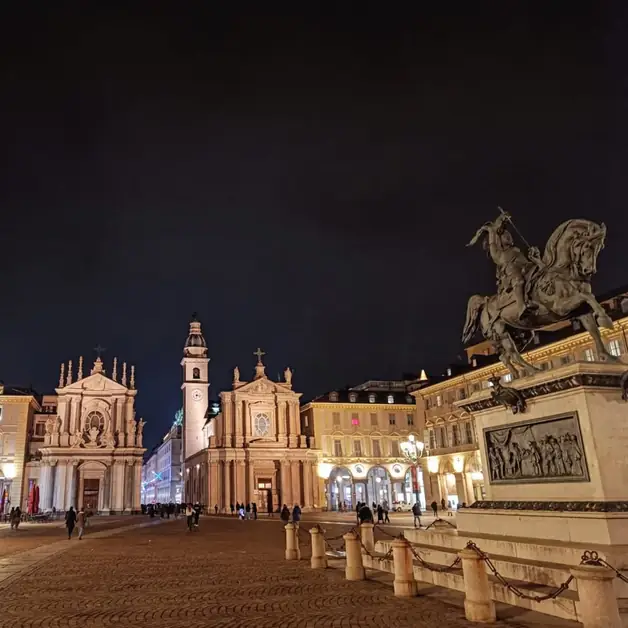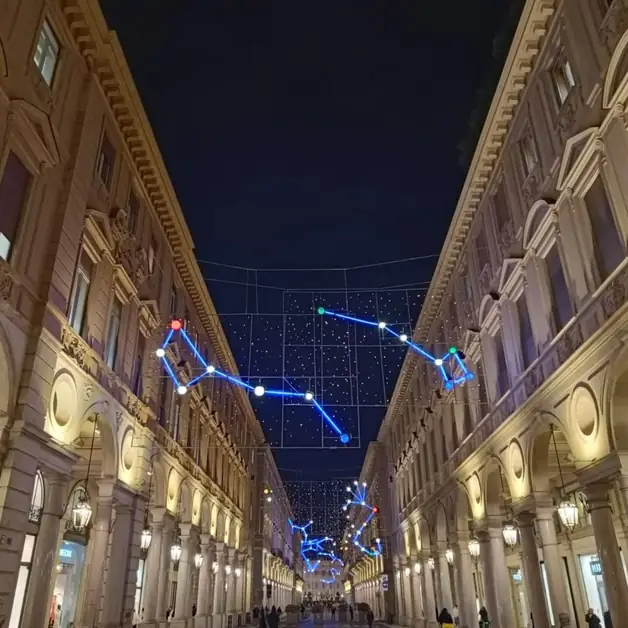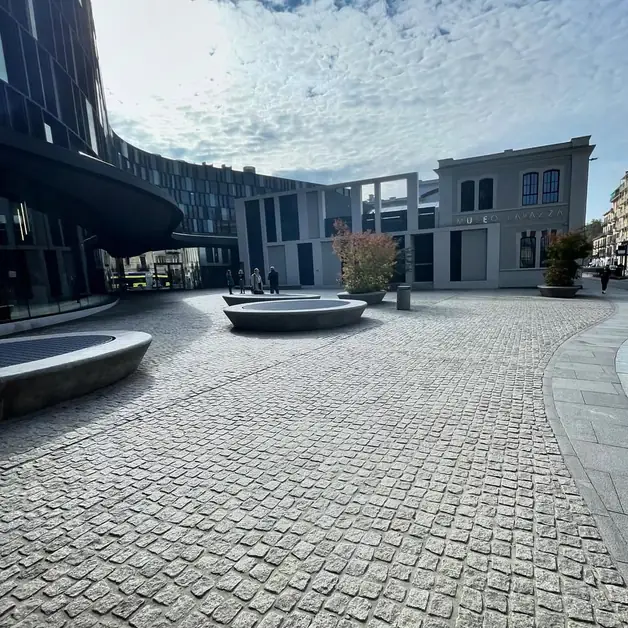The Fascinating History of the Murazzi del Po in Turin
Explore the history of the Murazzi del Po in Turin, a symbol of culture and social life.

What is the origin of the name "Murazzi"?
The term "Murazzi" derives from the stone embankments built along the left bank of the Po River in Turin, to protect the city from floods and river erosion. Over time, these containment structures have taken on an urban and architectural significance that goes far beyond their technical function.
When and how were the Murazzi built?
Construction began in the 19th century, in several sections and at different times. The first section — located near Piazza Vittorio Veneto, on the side of Corso Cairoli and along Po Diaz — was built between 1833 and 1835 based on a project by architect Carlo Bernardo Mosca, as a variant to the original project by Joseph La Ramée Pertinchamp from 1808-09. Subsequently, another section was built between 1872 and 1877 in conjunction with the demolition of the degraded village of Moschino. The entire system — with ramps, arches, and niches — was completed in the late 19th century.
What was the original function of the Murazzi?
Originally, the Murazzi had a structural and urbanistic purpose: to contain the river, create a equipped promenade along the Po, and connect the city to the bank, in a context of urban expansion. Under the arches of the embankment, spaces were created to house storage for fishing boats, warehouses, and boarding points. Until the 1950s, these environments were used for activities related to fishing and river navigation.
What change occurred in the early decades of the 20th century?
As time went on, the functional importance of the river and the storage areas diminished. Pollution of the Po, along with the decline of traditional river activities, led to a gradual abandonment of the area. The arches lost their original function, and the area experienced a period of degradation before being reimagined as an integral part of the urban landscape.
When and how did the Murazzi's redevelopment occur?
Starting in the 1980s, a policy to revitalize the area was initiated. The project included the opening of venues, bars, and clubs within the arches and along the riverside promenade. During the 1990s and early 2000s, the Murazzi became one of the main hubs of Turin's nightlife, with famous venues and a vibrant nightlife that attracted young people and tourists.
What is the urban and symbolic role of the Murazzi today?
Today, the Murazzi represent a unique combination of history, sociality, and contemporary urban culture. Their 19th-century arches coexist with new meeting spaces, venues, and pedestrian areas along the river. It is one of the most symbolic places of the bond between Turin and the Po, an example of how the city has managed to transform a river infrastructure into a lively and frequented space.
What are the most relevant architectural and technical aspects?
The arches, approximately six meters high, form a continuous system of embankments and niches that discharge the pressures of the ground and water. The original project included a module composed of an arch and a niche, both for static reasons — to reduce pressures — and economic ones, as it allowed for limiting fillings. The shape and materials of the walls respond to both water control needs and urban representation.
What historical events influenced the construction of the Murazzi?
Several events were decisive for the construction of the Murazzi. The cholera epidemic of 1866, which affected the area of the Borgo del Moschino, prompted the demolition of that degraded area and the redevelopment of the Po bank. The urban expansion of Turin during the Napoleonic and post-Napoleonic periods also influenced the development of the riverfront: the city, having become the capital, required new urban axes and representative spaces along the river.
How did the social context change over time?
In the following years, the use of the Murazzi transformed: from a workspace — with boats, fishing, and river activities — it became a leisure and meeting area. In the 1970s, 1980s, and 1990s, the venues along the arches became a reference point for Turin's nightlife, blending music, culture, and sociality. This change marked the transformation of the Murazzi into a symbol of the city's identity.
What are the critical issues and emergencies that have characterized the Murazzi?
The Murazzi area is subject to the floods of the Po River and, due to its proximity to the water level, can be partially submerged in case of heavy rains. At times, the area has experienced periods of degradation and management difficulties, with the closure of several venues. However, in recent years, redevelopment projects have given the Murazzi new vitality and greater attention to safety and sustainability.
What are the significant moments in the recent history of the Murazzi?
In the 1990s, the Murazzi experienced their peak as the center of Turin's nightlife, with famous nightclubs and a strong attraction for young people. After 2010, some spaces closed or changed purpose, and the city initiated new recovery interventions. Today, the Murazzi have returned to being a place for walking and socializing, where history and modernity coexist.
Why is the history of the Murazzi important for those visiting Turin?
Understanding the history of the Murazzi helps to better comprehend the bond between Turin and its river. Every stone tells a different phase: from the 19th-century construction to river life, from abandonment to rebirth as an urban and cultural space. Walking along the arches, one can imagine the past — with boats and fishermen — and appreciate the present, made of walks, events, and panoramas.
What are the main milestones in their history?
* 1810-1814: first projects to arrange the banks of the Po. * 1833-1835: construction of the first section by architect Mosca. * 1872-1877: construction of the second section and demolition of the Borgo del Moschino. * Late 19th century: completion of the arch system. * 1950s: end of activities related to fishing. * 1970s-1980s: abandonment and beginning of redevelopment projects. * 1990s-2000s: golden age of Turin's nightlife. * Today: renewed area, pedestrian space, and meeting place in the city.
How does the history of the Murazzi reflect the evolution of Turin?
The history of the Murazzi is a mirror of Turin's urban transformation. From an industrial city to a cultural city, Turin has been able to reinvent its river spaces, transforming them from work areas to places of meeting and leisure. The arches, born as hydraulic engineering works, have become a symbol of the dialogue between past and present, between nature and architecture.
Walking today along the Murazzi del Po means traversing centuries of history: from the first 19th-century containment works to today's lively evenings, every stone tells the evolution of the city and its relationship with the river.




